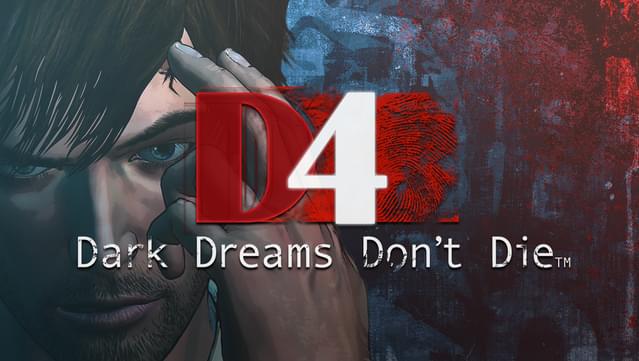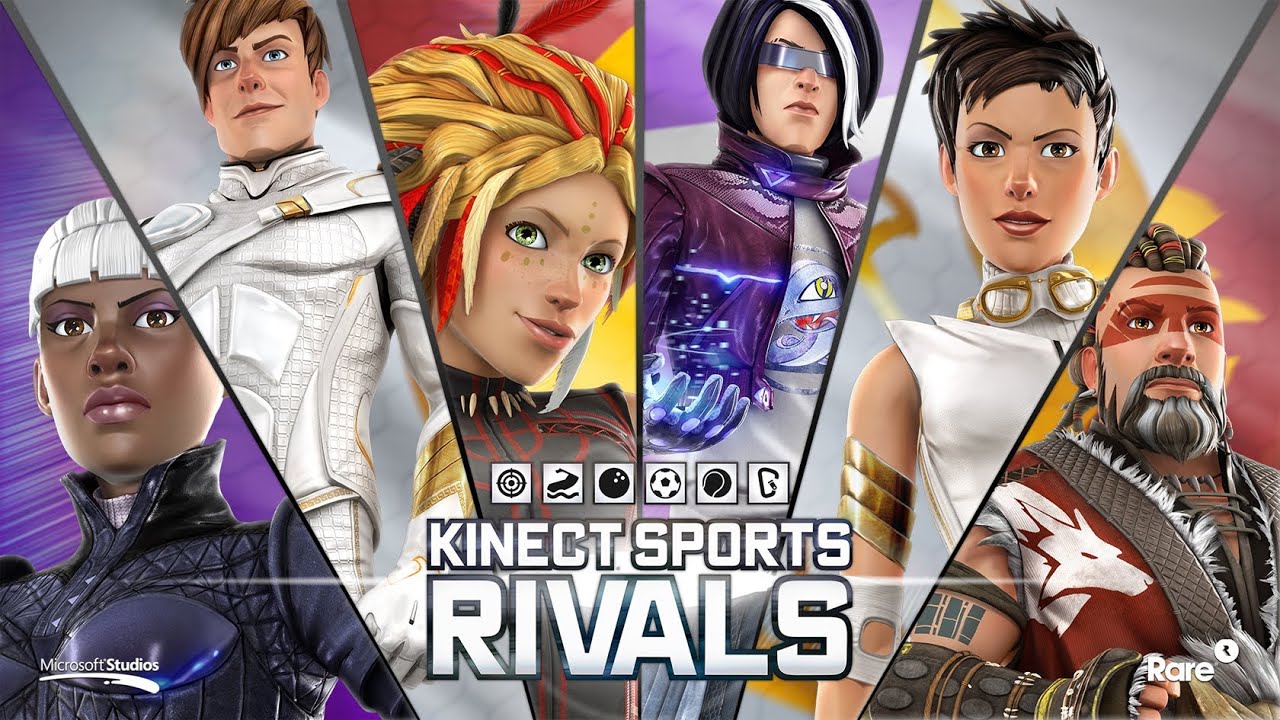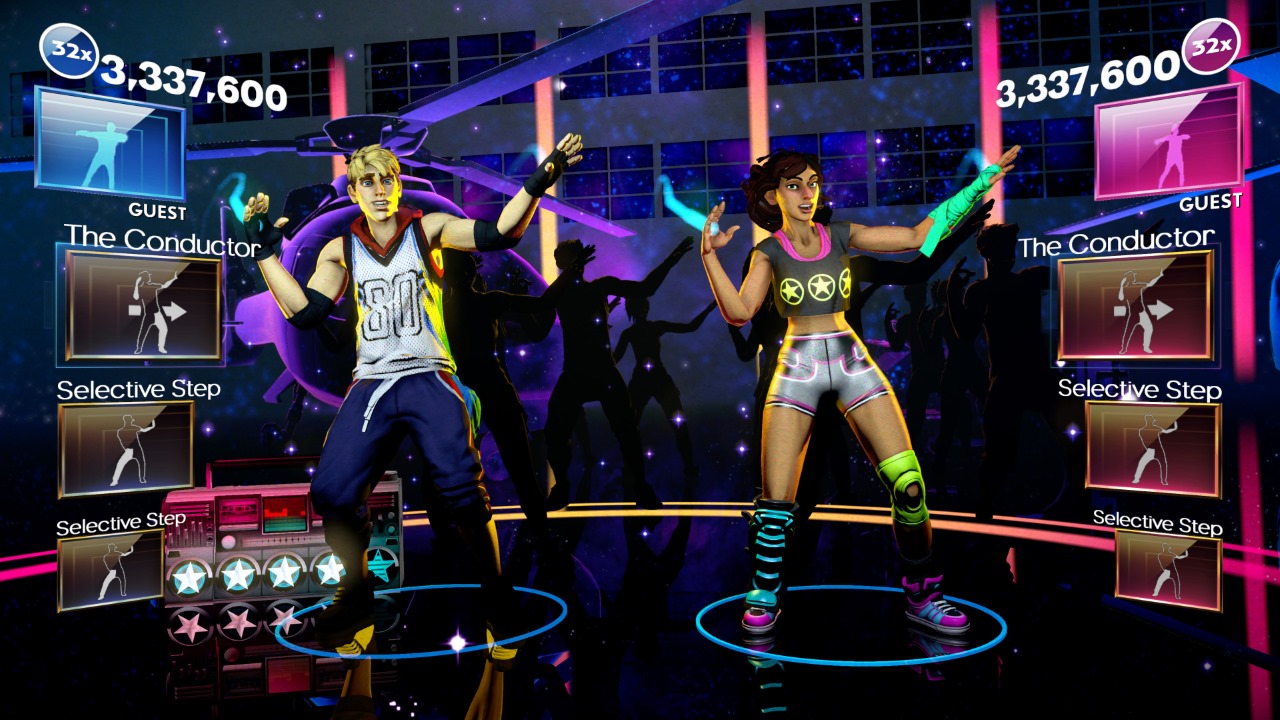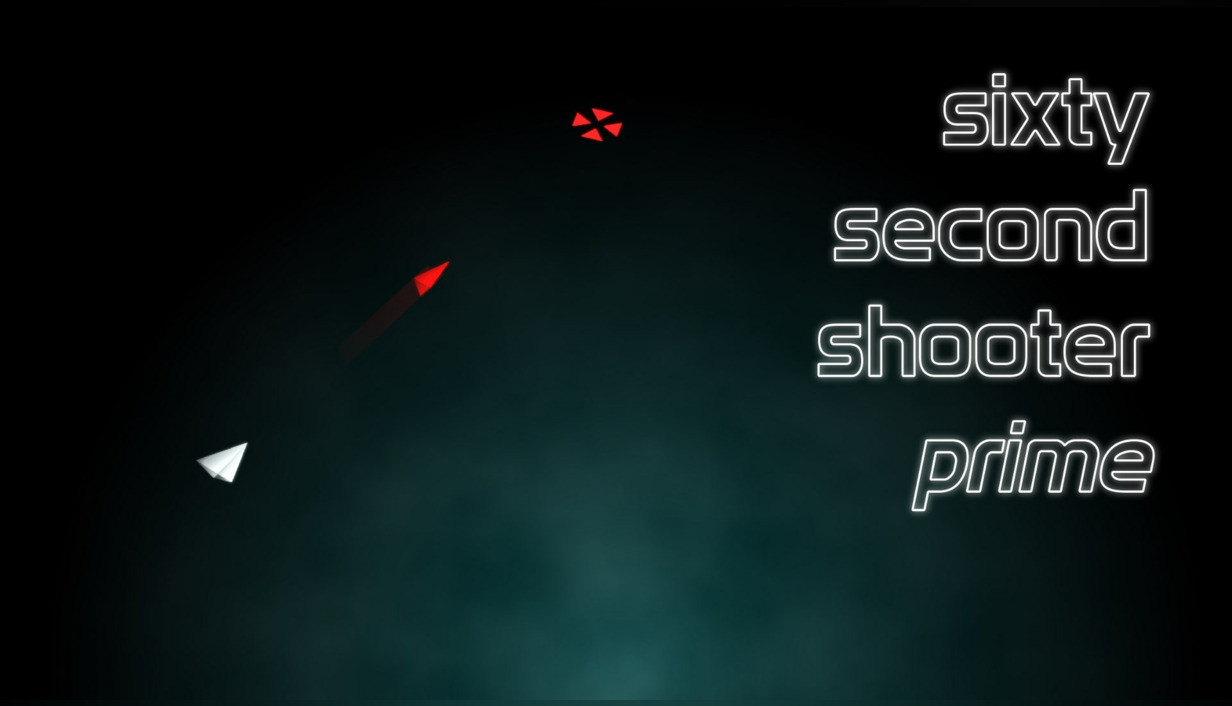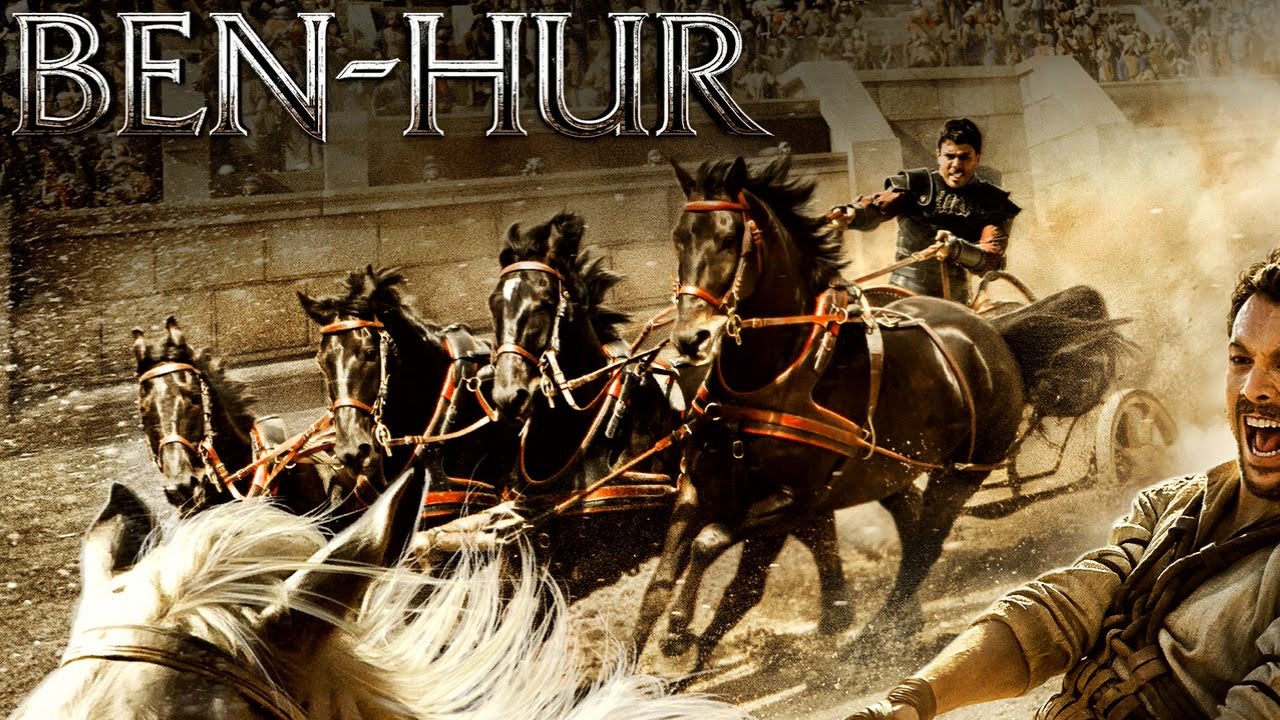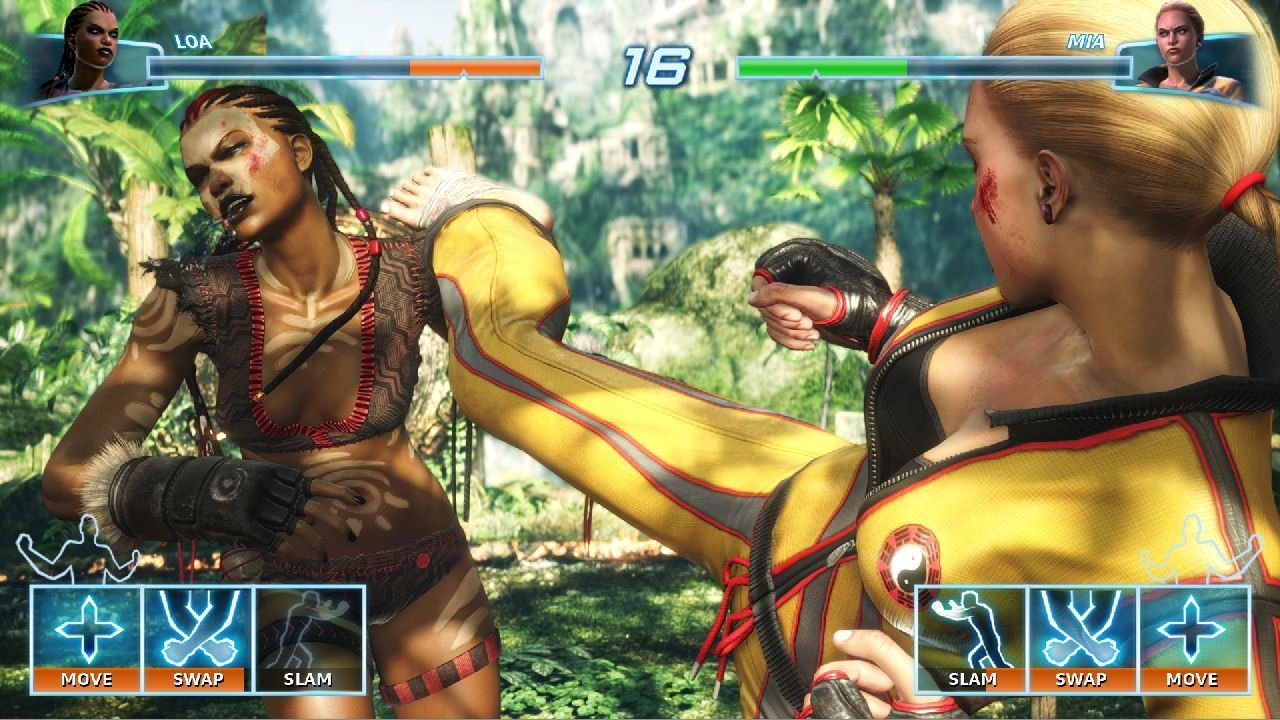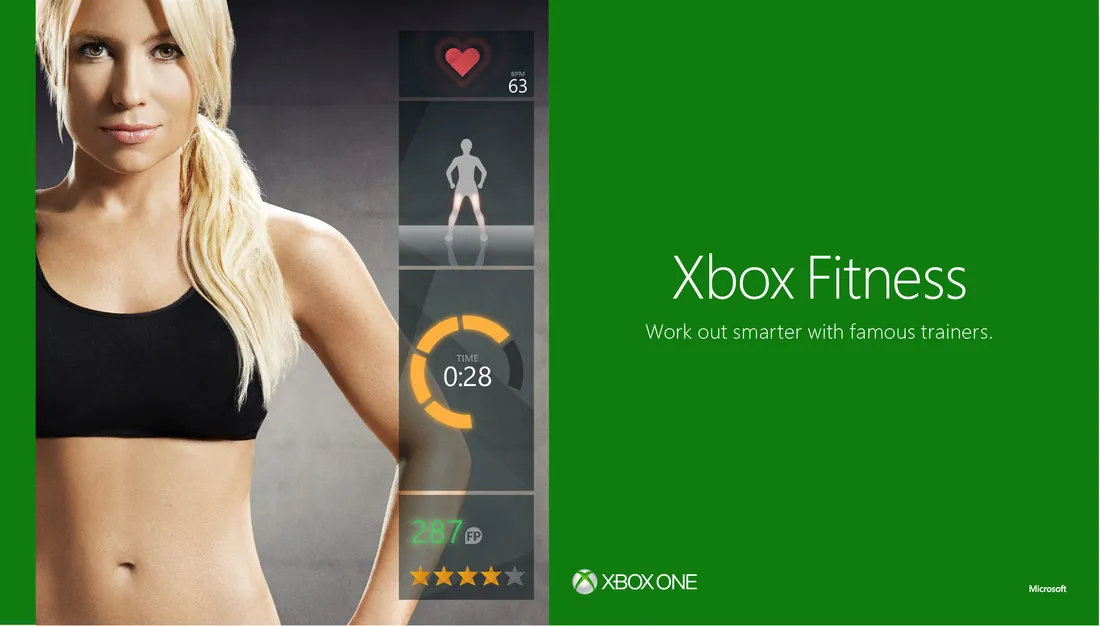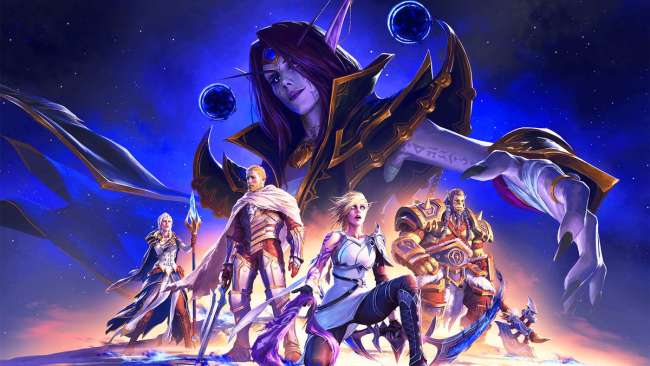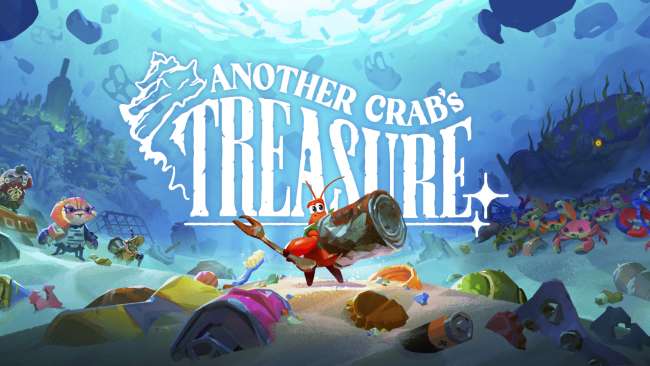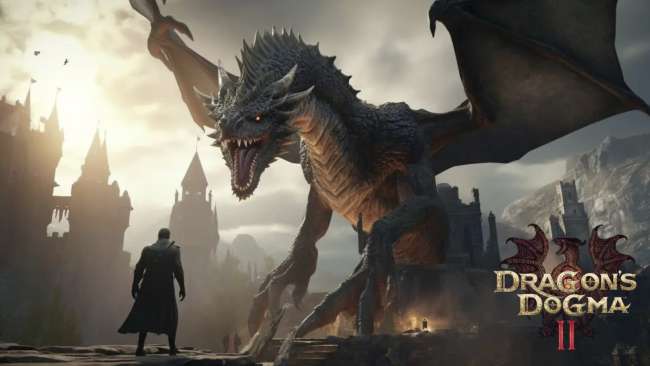The Xbox One’s legacy is often overshadowed by comparisons—with the PlayStation 4’s dominance, with the console’s rocky launch, or with Microsoft’s shift toward ecosystem-wide strategies. But quietly tucked beneath the industry chatter is a collection of games that were, and still are, permanently exclusive to the Xbox One. These aren’t Xbox Series X/S backward-compatible releases, and they never made it to PC. They are true, locked-in experiences that live only on the original Xbox One hardware.
This article is about those titles—the ones that defined the Xbox One at its most experimental and unapologetically console-focused. Every game reviewed here has been double-checked for exclusivity. You won’t find them on Steam, the PS4, or the Switch. These games are part of Xbox One’s DNA—and if you’ve got the original hardware, you still own a slice of their world.
Crimson Dragon: A Spiritual Successor with Classic DNA
Game Details:
-
Genre: Rail Shooter
-
Release Year: 2013
-
Developer: Grounding Inc.
-
Publisher: Microsoft Studios
-
Engine: Unity
-
Player Modes: Single-player, Online Co-op
-
Platform: Xbox One exclusive
Released as a launch title for the Xbox One, Crimson Dragon was seen as a spiritual successor to Panzer Dragoon, and for good reason—it shared the same director, Yukio Futatsugi. On paper, it was everything fans of the rail-shooter genre could want: soaring dragons, otherworldly environments, and large-scale aerial battles. In practice, it was a bit rough around the edges but still stands as one of the few exclusives that dared to preserve a nearly extinct genre.
The game allows players to ride different species of dragons, each with its own stats and abilities. You earn XP, unlock skills, and can swap between beasts mid-battle. It introduces a light RPG system, letting you customize stats and add buffs to specific dragon types. This twist on the classic arcade shooter formula helped give the game a layer of depth, although the Kinect-based controls in the early versions were divisive.
Graphically, Crimson Dragon didn't quite measure up to its peers, even in 2013. Textures were muddy in places, and animation could be stilted. But its art direction—a sort of alien-fantasy hybrid world with glowing caverns and titanic bosses—gave it a signature visual identity that’s aged more gracefully than expected.
Despite lukewarm reception at launch, Crimson Dragon remains locked to the Xbox One platform. It’s never been ported, remastered, or made available through Game Pass for PC. If you want to play it, you need an Xbox One—and that makes it one of the console’s rare, untouched treasures.
Killer Instinct (2013): The Rebirth of a Fighting Legacy
Game Details:
-
Genre: Fighting
-
Release Year: 2013 (initial release, expanded until 2016)
-
Developer: Double Helix Games (later Iron Galaxy)
-
Publisher: Microsoft Studios
-
Engine: Custom
-
Player Modes: Single-player, Multiplayer (Local & Online)
-
Platform: Xbox One exclusive
When Microsoft resurrected Killer Instinct as a launch title for the Xbox One, it did so with boldness. Instead of pushing a full-priced game, it introduced a free-to-play model with rotating characters, giving players a taste of its deep combo-based mechanics before investing. Over the years, the game grew into a robust and technically rich fighter—one that’s remained console-locked ever since.
At its core, Killer Instinct is fast, brutal, and rewarding for those who master its timing-heavy combo system. It blends accessibility with depth, offering newcomers simple combos while giving competitive players massive depth through “combo breakers,” cancels, and counters. Each character—ranging from franchise veterans like Jago and Sabrewulf to newcomers like Hisako and Aria—feels distinct, both in gameplay and narrative presence.
Visually, the game was a step above many early-gen titles. The stages are dynamic and reactive, the characters are well-animated, and particle effects (especially during Ultra Combos) light up the screen in chaos. The soundtrack deserves a shoutout too—Mick Gordon's heavy, pulsing themes help give each fight a cinematic flair.
Microsoft continued to support the game with three full seasons of content, and though there's talk of a new installment in the future, this version of Killer Instinct remains exclusive to Xbox One. It hasn’t received a PC version with offline play (outside of cloud-based streaming), and it doesn’t exist on any other platform. It’s still one of the strongest reasons to boot up your original Xbox One today.
D4: Dark Dreams Don’t Die – The Oddity You Can’t Unsee
Game Details:
-
Genre: Adventure, Mystery, Interactive Drama
-
Release Year: 2014
-
Developer: Access Games
-
Publisher: Microsoft Studios
-
Engine: Unreal Engine 3
-
Player Modes: Single-player
-
Platform: Xbox One exclusive
D4: Dark Dreams Don’t Die is one of the most unusual games you’ll ever encounter—and that’s exactly why it’s still talked about. Created by Swery65, the eccentric mind behind Deadly Premonition, this episodic murder-mystery was originally designed for Kinect, though it later supported standard controllers. The game’s story? A time-traveling detective named David Young attempts to solve his wife's murder by diving into the memories of objects. It’s as wild as it sounds.
The visuals are striking, adopting a cel-shaded style reminiscent of graphic novels, with exaggerated expressions and bizarre character animations. Dialogue is surreal, veering between emotional sincerity and absolute nonsense in the blink of an eye. Gameplay includes exploration, investigation, and rhythm-based QTEs—all packed with Swery’s signature unpredictability.
Unfortunately, only the prologue and first two episodes were ever released. The game ends on a massive cliffhanger, and a second season never materialized due to low sales and development roadblocks. Still, what exists is a fascinating slice of experimental narrative design, and it’s unlike anything else on Xbox One—or any other platform.
What cements its place on this list is exclusivity. D4 was never ported to PC, never made it to Steam or GOG, and never jumped to Game Pass for streaming. It remains a ghostly remnant of Xbox One’s stranger, braver years—haunting and unfinished, yet unforgettable.
Powerstar Golf: The Hidden Gem of Early Xbox One
Game Details:
-
Genre: Sports (Golf)
-
Release Year: 2013
-
Developer: Zoë Mode
-
Publisher: Microsoft Studios
-
Engine: Proprietary
-
Player Modes: Single-player, Asynchronous Multiplayer
-
Platform: Xbox One exclusive
Released quietly alongside the Xbox One’s launch, Powerstar Golf was an underappreciated attempt to bring a lighter, more arcade-like spin to the traditionally staid golf genre. It may not have had the brand power of Tiger Woods or the realism of PGA Tour, but it made up for it with personality, stylized visuals, and surprisingly strong gameplay depth. And unlike many other launch-era titles, it’s still exclusive to Xbox One.
Each golfer in Powerstar Golf has their own unique personality and special abilities, which affect gameplay in meaningful ways. For example, one character might get extra power on tee shots, while another can apply insane backspin on approach shots. These abilities create a more dynamic, almost fantasy-sports approach to golfing, without drifting too far from the fundamentals of the sport. Shot accuracy is based on a familiar three-click mechanic, but with added layers for wind, terrain, and character stats.
Courses are colorful and imaginative, ranging from serene forest backdrops to cartoonishly steep cliffs and ancient ruins. While the game was released without a true online multiplayer mode, it featured asynchronous competition—letting players challenge friends’ recorded performances and climb leaderboards in a more casual, low-pressure way.
Over time, additional characters and courses were added via DLC, but the core experience remains enjoyable, charming, and smooth. Even today, Powerstar Golf is unavailable on PC or other consoles, and it doesn’t appear in backward-compatible libraries or Xbox Cloud Gaming. For fans of quirky sports titles, it’s a one-of-a-kind Xbox One exclusive that still holds up.
Ryse: Son of Rome – A Cinematic Power Play
Game Details:
-
Genre: Action, Hack-and-Slash
-
Release Year: 2013
-
Developer: Crytek
-
Publisher: Microsoft Studios
-
Engine: CryEngine
-
Player Modes: Single-player, Online Co-op (Gladiator Arena)
-
Platform: Xbox One exclusive
Ryse: Son of Rome was Microsoft’s most graphically ambitious launch title—designed to show off what the Xbox One could do. While its gameplay drew mixed reactions, there's no denying that visually, Ryse was ahead of its time. And for many Xbox One players, it became an early showcase of cinematic storytelling, motion capture fidelity, and high-intensity action.
Set in a highly dramatized version of the Roman Empire, players step into the blood-stained sandals of Marius Titus, a Roman soldier seeking vengeance for the murder of his family. What follows is a brutally linear campaign that mixes hack-and-slash combat with quick-time executions and large-scale set pieces. The swordplay is flashy, with slow-motion kill animations, cinematic camera angles, and brutal finishers that feel somewhere between 300 and Gladiator.
Where Ryse really impressed was in its visuals. Facial animations, lighting, character detail, and environmental fidelity were unparalleled at the time of release. Crytek pushed the CryEngine to its limits, creating a world that looked astonishing even at launch and still holds up today.
The combat was often criticized for being repetitive, but in short bursts, it offered a satisfying rhythm of blocking, striking, and executing enemies. The inclusion of a co-op Gladiator Arena mode also provided some replay value.
Ryse never got a sequel and has remained tied to the Xbox One ecosystem ever since. No PS4 version. No Switch port. No PC release. It’s a relic from the console’s earliest promises—imperfect but undeniably impressive.
Kinect Sports Rivals: A Motion-Control Revival
Game Details:
-
Genre: Sports, Motion Control
-
Release Year: 2014
-
Developer: Rare
-
Publisher: Microsoft Studios
-
Engine: Proprietary
-
Player Modes: Single-player, Local Multiplayer, Online Multiplayer
-
Platform: Xbox One exclusive
Back when Microsoft still had big dreams for the Kinect sensor, Kinect Sports Rivals was supposed to be the game that justified its place in the box. Developed by Rare, the game aimed to redefine motion control on the new system—offering faster response times, more accurate gesture tracking, and deeper immersion. The result was mixed, but in its best moments, Kinect Sports Rivals was a surprisingly fun and social experience.
Players could create a highly stylized avatar (known as a “Champion”) by scanning themselves with Kinect, and then compete in six core events: wake racing, climbing, target shooting, soccer, bowling, and tennis. Of these, rock climbing and wake racing were the most creative, using full-body gestures that made you lean, duck, reach, and stretch in ways that felt intuitive—when it worked. Bowling and tennis were more traditional, echoing the simplicity of Wii Sports, but with higher fidelity and flashier presentation.
The game included an extensive progression system, teams with different philosophies, and seasonal events. It also encouraged players to challenge others online, though the community faded quickly after launch. Still, Kinect Sports Rivals remains the most polished example of what Xbox One’s Kinect 2.0 could deliver.
Crucially, the game never received a standard controller version, nor did it come to other platforms. With Kinect now largely abandoned, Kinect Sports Rivals stands as one of the last serious attempts at motion-controlled gaming from a major developer—and it’s locked to the Xbox One forever.
Dance Central Spotlight: Kinect’s Last Stand for Rhythm Games
Game Details:
-
Genre: Rhythm, Dance
-
Release Year: 2014
-
Developer: Harmonix
-
Publisher: Microsoft Studios
-
Engine: Proprietary (built for Kinect 2.0)
-
Player Modes: Single-player, Local Multiplayer
-
Platform: Xbox One exclusive
From the creators of Rock Band and Guitar Hero, Harmonix brought the Dance Central series to Xbox One with Dance Central Spotlight—a leaner, more modern take on rhythm-based dancing that was entirely rebuilt around Kinect 2.0's capabilities. Unlike the disc-based releases on Xbox 360, this entry was digital-only and offered a smaller core track list at launch with a vast and constantly growing DLC library.
Unlike its predecessors, Spotlight wasn't about big-budget presentation or a narrative campaign. Instead, it focused on performance, precision, and sweat. Kinect 2.0 was able to track your body more accurately than before, reading full-body poses and limb movement with impressive reliability. Dance routines came in different difficulty levels, and choreography was more dynamic, often requiring full arm extensions, sharp turns, and quick footwork.
What made Dance Central Spotlight unique was its modular design. Players could buy only the songs they wanted—each coming with eight routines of varying intensity. This made the game more affordable, personal, and tailored to modern gaming habits. The fitness integration and calorie tracking also gave it lasting appeal for home workouts.
Even though the rhythm genre faded after 2015, Spotlight still holds up as one of the best uses of Kinect on Xbox One. It has not been ported, streamed, or adapted for standard controllers. It lives only on the original Xbox One hardware with Kinect—and if you own both, this game remains a sweaty, musical gem that never tried to be anything but pure movement.
Rare Replay: Nostalgia Packaged Right
Game Details:
-
Genre: Compilation / Multi-Genre
-
Release Year: 2015
-
Developer: Rare
-
Publisher: Microsoft Studios
-
Engine: Emulated / Remastered
-
Player Modes: Single-player, Local Multiplayer
-
Platform: Xbox One exclusive
Rare Replay isn’t just a game—it’s a historical document. Released to celebrate the legendary studio’s 30th anniversary, this 30-title compilation spans decades of gaming history, from pixelated beginnings to fully 3D platforming triumphs. With games like Battletoads, Perfect Dark, Banjo-Kazooie, and Conker’s Bad Fur Day all in one place, it offered an incredible value proposition—and it still does.
Each game in the collection is presented in its original format, but with optional enhancements like save states, rewind functions, and presentation overlays. Some titles—particularly the N64-era platformers—received slight visual tuning, though not full remasters. There’s also a museum-like extras system where you can unlock behind-the-scenes footage, concept art, and never-before-seen prototypes.
But perhaps what makes Rare Replay most special is that it is only available on Xbox One. It was never ported to PC, nor released for Xbox Series consoles in a remastered form. The emulation, extras, and interface were built entirely for the Xbox One ecosystem. It’s nostalgic, lovingly curated, and deeply informative—especially for those who grew up playing Rare’s classics.
Even in 2025, there’s no better or more complete way to experience Rare’s legacy in one package. And that package is permanently exclusive to Xbox One.
Shape Up: The Fitness Game That Dared to Be Weird
Game Details:
-
Genre: Fitness, Rhythm
-
Release Year: 2014
-
Developer: Ubisoft Montreal
-
Publisher: Ubisoft
-
Engine: AnvilNext (modified for Kinect)
-
Player Modes: Single-player, Local Multiplayer
-
Platform: Xbox One exclusive
If Kinect Sports Rivals was the mainstream face of motion-controlled sports, Shape Up was its caffeinated, unhinged cousin. Ubisoft leaned hard into absurdity, turning basic exercise routines into over-the-top mini-games where you'd punch asteroids, bench press elephants, or run along a piano made of lasers. Sounds wild? It is—and that’s what makes it one of Xbox One’s most unique hidden exclusives.
Gameplay was structured around short, intense challenges rather than long workouts. Want to work on your cardio? You might be asked to run on the spot while being chased by a giant boulder. Want to build strength? Try push-ups while your avatar lifts cartoon whales. Each challenge uses Kinect to track your motion in real time and projects your image directly onto the screen, blending real-world video capture with game visuals in a surprisingly seamless way.
The game also includes a structured fitness program called “Quest Mode,” which offers weekly challenges, progress tracking, and feedback. It even integrates with online leaderboards, so you could compete against friends in both performance and consistency.
But like so many Kinect games, Shape Up faded quickly after launch and never found a second wind. There was no PC version. No standard-controller adaptation. No port to Xbox Series consoles. It’s gone unless you still have your Xbox One and Kinect setup intact—and if you do, you own one of the strangest, most delightful workout games ever made.
Sixty Second Shooter Prime: Arcade Speed in Pure Form
Game Details:
-
Genre: Arcade Shooter
-
Release Year: 2014
-
Developer: Happion Laboratories
-
Publisher: Microsoft Studios
-
Engine: Custom
-
Player Modes: Single-player
-
Platform: Xbox One exclusive
Some games aim big. Sixty Second Shooter Prime does the opposite. This is a minimalist, fast-paced arcade shooter that strips everything down to one mechanic, one timer, and one goal: survive and score as high as possible in 60 seconds. It’s lightning-fast, visually clean, and brutally addictive.
You control a tiny ship inside a multilevel grid. Enemies swarm in increasingly dangerous patterns, and every second counts. You can pick up power-ups that extend your timer, give you bombs, or allow you to drop down a level for extra points and greater risk. The key is to move fast, think faster, and memorize enemy spawn patterns to chain together high-score combos.
Despite the simplicity, Prime offers a surprising amount of strategy. You'll find yourself plotting routes through pickups, learning enemy behaviors, and fine-tuning your reflexes as the seconds melt away. The sound design is minimal but crisp, with pulsing electronic beats that match the speed and rhythm of each playthrough.
The game was originally available only on Xbox One and never received a port. It's also not available on Game Pass or any backward-compatible storefronts. If you want that exact version of twitchy, high-pressure arcade bliss, you have to dig out your original Xbox One. It’s as niche as they come—but that’s exactly what makes it shine.
Ben-Hur: An Ad-Supported Curiosity from the Past
Game Details:
-
Genre: Racing / Historical Arcade
-
Release Year: 2016
-
Developer: Krome Studios
-
Publisher: AOL
-
Engine: Proprietary
-
Player Modes: Single-player
-
Platform: Xbox One exclusive
Ben-Hur is one of the strangest pieces of Xbox One exclusivity. Developed as a promotional tie-in for the 2016 remake of the classic film, the game was released for free and, at first glance, seemed like a throwaway. But dig a little deeper, and you’ll find a fascinating relic of both marketing experimentation and bare-bones historical game design.
The game places players in a Roman chariot racing coliseum, aiming to survive laps while damaging opponents through wheel-grinding mechanics and ramming. You control the horses and chariot together, guiding them around the track while dodging hazards and managing stamina. The gameplay loop is short and fairly basic, but it does create genuine tension in close races—especially when you're boxed in and forced to scrape your way out.
Visually, it’s clearly a low-budget production, with character models and animations that feel a generation behind even for 2016. Still, the audio work—featuring drum-heavy orchestral cues and roaring crowds—gives races a pulse.
The catch? It was never released on any other platform. No PC version. No PlayStation port. And because it was tied directly to a short marketing campaign, it’s nearly forgotten today. But if you were lucky enough to grab it while it was live—or still have it in your library—it remains an oddball piece of Xbox One history: the only full chariot-racing game on the console, permanently locked to its hardware.
Fighter Within: Motion-Controlled Mayhem
Game Details:
-
Genre: Fighting / Motion-Control
-
Release Year: 2013
-
Developer: Daoka
-
Publisher: Ubisoft
-
Engine: Proprietary (built for Kinect 2.0)
-
Player Modes: Single-player, Local Multiplayer
-
Platform: Xbox One exclusive
Fighter Within was intended to be a showpiece for the Kinect 2.0 sensor at launch, showcasing how full-body motion capture could translate into fluid, real-time fighting mechanics. Unfortunately, it missed the mark—but in doing so, it cemented its place as one of the most infamous and uniquely exclusive Xbox One experiences.
You play by physically mimicking punches, kicks, and blocks in front of your TV. The Kinect reads your motions and translates them into on-screen martial arts brawls, complete with slow-mo effects and cinematic takedowns. The idea was ambitious—put the player into the fight, no controllers needed. But the reality was often chaotic, with inaccurate tracking, delayed responses, and misread gestures turning serious matchups into unintentional comedy.
Character models and animations were surprisingly polished for a launch-era game. Each fighter had their own style and visual flair, and the stages were varied, ranging from industrial zones to neon-lit urban rooftops. But the core control system was so unresponsive that the game became more about endurance than precision.
That said, it remains historically interesting. Fighter Within has never been ported to other systems, never adapted for controller play, and never revisited. It exists purely as a Kinect-based motion-fighting relic that belongs solely to the Xbox One. While critically panned, it’s part of the console’s more experimental, hardware-driven phase—and that makes it an exclusive worth remembering, if not replaying.
Fru: The Clever Platformer That Used Your Body
Game Details:
-
Genre: Puzzle-Platformer
-
Release Year: 2016
-
Developer: Through Games
-
Publisher: Through Games
-
Engine: Unity
-
Player Modes: Single-player
-
Platform: Xbox One exclusive
Fru is what happens when indie creativity meets motion-control innovation. Using the Kinect in ways no other game dared, Fru casts your silhouette directly into the game world. Your physical body becomes a living tool—creating platforms, revealing hidden objects, or blocking hazards for your on-screen character. The result? A deeply personal, surprisingly elegant platforming experience that only exists on Xbox One.
The game’s visual style is minimalist but vibrant, using clean outlines and glowing color transitions to signify changes in the environment. When you stand in front of the Kinect, your outline appears as a glowing void, revealing hidden terrain within your shape. Lean left, and a wall appears. Raise your arm, and a platform emerges. Your body becomes a puzzle piece.
What makes Fru memorable is how it combines traditional analog controls (you move the character with a gamepad) with physical interaction. Some puzzles are simple—just hold a pose. Others are complex, requiring you to balance controller inputs while stretching into awkward poses.
It’s a quiet, thoughtful game, supported by gentle music and smart level design. It doesn’t overstay its welcome, lasting around 3–4 hours, but it’s unlike anything else on the system.
And here’s the important part: Fru never got a PC version. Never hit Steam. Never went to Xbox Series X. It only works with Kinect 2.0, and it only lives on Xbox One. For motion-gaming enthusiasts, it remains one of the few truly artistic uses of the Kinect sensor.
Action News Heroes: The Arcade Brawler You Never Saw Coming
Game Details:
-
Genre: Beat-’em-up, Action
-
Release Year: 2017
-
Developer: Mind the Game
-
Publisher: Mind the Game
-
Engine: Unity
-
Player Modes: Single-player, Local Multiplayer (2 players)
-
Platform: Xbox One exclusive
Action News Heroes arrived with little fanfare, but it’s one of the most quirky and offbeat titles to ever hit the Xbox One—available nowhere else and barely talked about even among hardcore fans. This 2.5D beat-’em-up combines absurd humor with surprisingly solid co-op brawling mechanics, all wrapped in the absurd concept of a local news team that decides to fight crime live on air.
Players take control of an exaggerated cast of news anchors, camera operators, and producers as they brawl their way through crime-ridden neighborhoods, corporate conspiracies, and alien invasions. Yes, it’s ridiculous—but it leans into that with a charming level of self-awareness. Each character has their own moveset, special attacks, and “ratings” boosts, which affect how audiences react to your combos and carnage.
Gameplay is fast-paced and reminiscent of Streets of Rage or Castle Crashers, but with a broadcast-TV twist. Background elements constantly shift—news tickers, fake sponsors, and studio lighting cues play a role in how stages look and feel. It even features a scoring system based on how entertaining your chaos is, not just how efficient it is.
Graphically, it’s modest but stylish, using cel-shaded characters and cartoony environments to build a vibrant, chaotic atmosphere. While the game didn’t get much mainstream attention, it offers some of the best couch co-op in the Xbox One’s library—and it’s one of the only games from its generation to remain completely exclusive to the console. No PC release, no Game Pass port. This is underground exclusivity at its finest.
Azito x Tatsunoko Legends: A Japan-Only Curiosity
Game Details:
-
Genre: Strategy / Simulation
-
Release Year: 2015 (Japan Only)
-
Developer: Hamster Corporation
-
Publisher: Hamster Corporation
-
Engine: Proprietary
-
Player Modes: Single-player
-
Platform: Xbox One exclusive (Japan-only)
You probably haven’t heard of Azito x Tatsunoko Legends—and that’s exactly what makes it worth talking about. Released exclusively in Japan, and only on Xbox One, this hybrid management/strategy game brings together two unlikely ingredients: base-building mechanics and the iconic Tatsunoko superhero universe (Gatchaman, Casshern, Tekkaman). It never saw a Western release or translation, and to this day, it’s available only in Japanese on Xbox One consoles.
Players manage a secret underground base where they create labs, training rooms, and facilities to support a team of anime heroes. You’re in charge of upgrading their skills, deploying them on missions, and defending your base from invaders. In combat sequences, the game switches to real-time strategy mode, where players assign commands and watch battles unfold in animated cutscenes.
The visuals are modest, with chibi-style characters and 3D base construction reminiscent of mobile sims. But the licensed animations and mid-mission anime references elevate the presentation, especially if you’re a fan of 1970s and ’80s Japanese heroes.
Its exclusivity is airtight: no ports, no localization, no PC version. And because it was never released outside Japan, it remains a fascinating case of region-locked Xbox One exclusivity—a rare artifact for collectors and cultural completionists.
Xbox Fitness: The Subscription Experiment That Vanished
Game Details:
-
Genre: Fitness, Motion-Control
-
Release Year: 2013
-
Developer: Microsoft Studios
-
Publisher: Microsoft Studios
-
Engine: Proprietary Kinect Engine
-
Player Modes: Single-player
-
Platform: Xbox One exclusive (now discontinued)
Launched at the very beginning of the Xbox One’s life cycle, Xbox Fitness was positioned as a next-gen evolution of workout programs. Combining celebrity trainers with Kinect 2.0’s advanced motion tracking, it aimed to replace your gym subscription with interactive, personalized home fitness sessions. The concept was ahead of its time—maybe too far ahead.
The program offered real-time feedback on posture, heart rate, and even muscle tension. It tracked every squat, lunge, and stretch with surprising accuracy, pushing users to maintain perfect form and rewarding consistency. High-profile trainers like Jillian Michaels and P90X's Tony Horton were featured in full-length workout videos with dynamic overlays, turning passive video into active instruction.
Xbox Fitness was a subscription-based service, with some free workouts and premium content rotating in and out. It also gamified exercise with scores, goals, and social challenges, letting you compete with friends for best times or perfect form scores.
However, the service was quietly shut down in 2017. Users who had paid for workouts lost access to them permanently, and the app was removed from the Xbox store. But its legacy remains: it was one of the most ambitious fitness titles of its time, and it never appeared on any other platform, nor was it re-released in any form.
Today, if you still have it installed and backed up, it’s a historical piece of Xbox One’s bold but flawed Kinect strategy—a final breath for Microsoft’s motion-control dreams, now buried in time.





